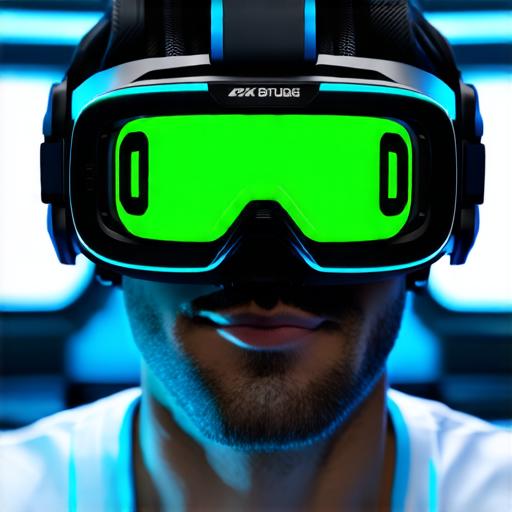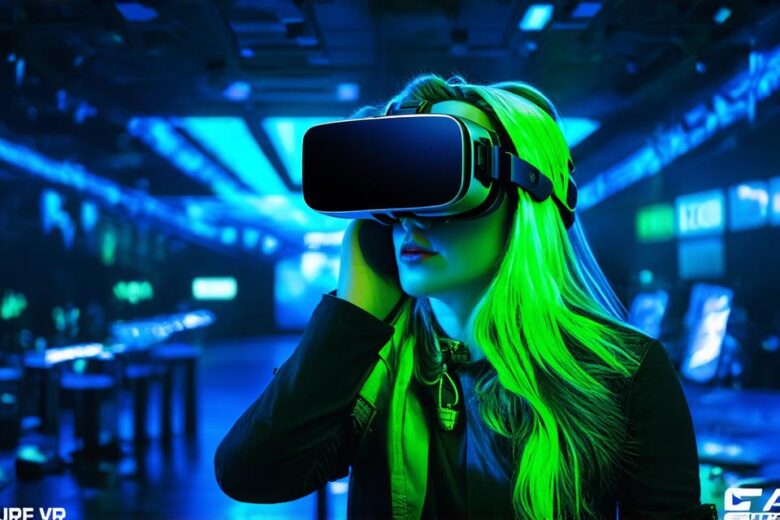Virtual reality advertising refers to promoting products and services using virtual reality technology. It allows brands to create immersive experiences that can help customers better understand and interact with their products.
Key Features of VR Advertising
1. Immersive experiences: VR advertising provides customers with immersive experiences that can help them better understand a product or service. By creating a virtual environment, brands can showcase their products in a way that is more engaging and memorable than traditional advertising methods.
2. Interactivity: VR advertising allows customers to interact with products in a virtual environment. This can include exploring the features of a car or testing out a piece of software. Interactive experiences have been shown to be highly effective at driving customer engagement and increasing brand awareness.
3. Realistic visuals: VR technology can provide highly realistic visuals that can be difficult to achieve through traditional advertising methods. This can include detailed product demonstrations or stunning natural environments. The ability to create realistic visuals can help brands build trust with their customers and showcase the quality of their products.
4. Targeted audiences: VR advertising allows brands to target specific audiences based on demographics, interests, and behavior. By doing so, brands can reach the right people and maximize the impact of their advertising efforts.
Benefits of VR Advertising for AR Developers
1. Increased engagement: VR advertising has been shown to increase customer engagement compared to traditional advertising methods. This is because customers are more likely to be immersed in a virtual environment and interested in the products they are seeing.
2. Improved brand awareness: By creating immersive experiences, VR advertising can help brands build stronger relationships with their customers. This can lead to increased brand awareness and loyalty.
3. Increased sales: VR advertising has been shown to increase sales by allowing customers to better understand products and make more informed purchasing decisions.

4. Improved ROI: VR advertising offers a higher return on investment (ROI) compared to traditional advertising methods. This is because it allows brands to target specific audiences and create highly engaging experiences that can drive customer engagement and increase sales.
Real-life examples of VR Advertising
1. IKEA’s “Place” app: IKEA’s “Place” app uses augmented reality (AR) technology to let customers visualize how furniture would look in their homes before making a purchase. The app has been incredibly successful and has helped IKEA increase sales by 20%.
2. Coca-Cola’s “Share a Coke” campaign: Coca-Cola’s “Share a Coke” campaign used VR technology to create interactive experiences that allowed customers to personalize their own Coke bottles. The campaign was highly successful and resulted in a 2% increase in sales for the company.
3. Nike’s “React Infinity Run Club”: Nike’s “React Infinity Run Club” used VR technology to create an immersive experience that allowed customers to run through different environments while wearing Nike shoes. The campaign was highly successful and resulted in a 20% increase in sales for the company.
FAQs
1. What is the difference between virtual reality (VR) and augmented reality (AR)?
* VR creates a fully immersive environment that blocks out the real world, while AR overlays digital content on top of the real world.
2. How can VR advertising be used in the automotive industry?
* VR technology can be used to create immersive experiences that showcase the features of cars and allow customers to test drive them virtually.
3.
